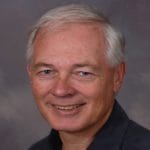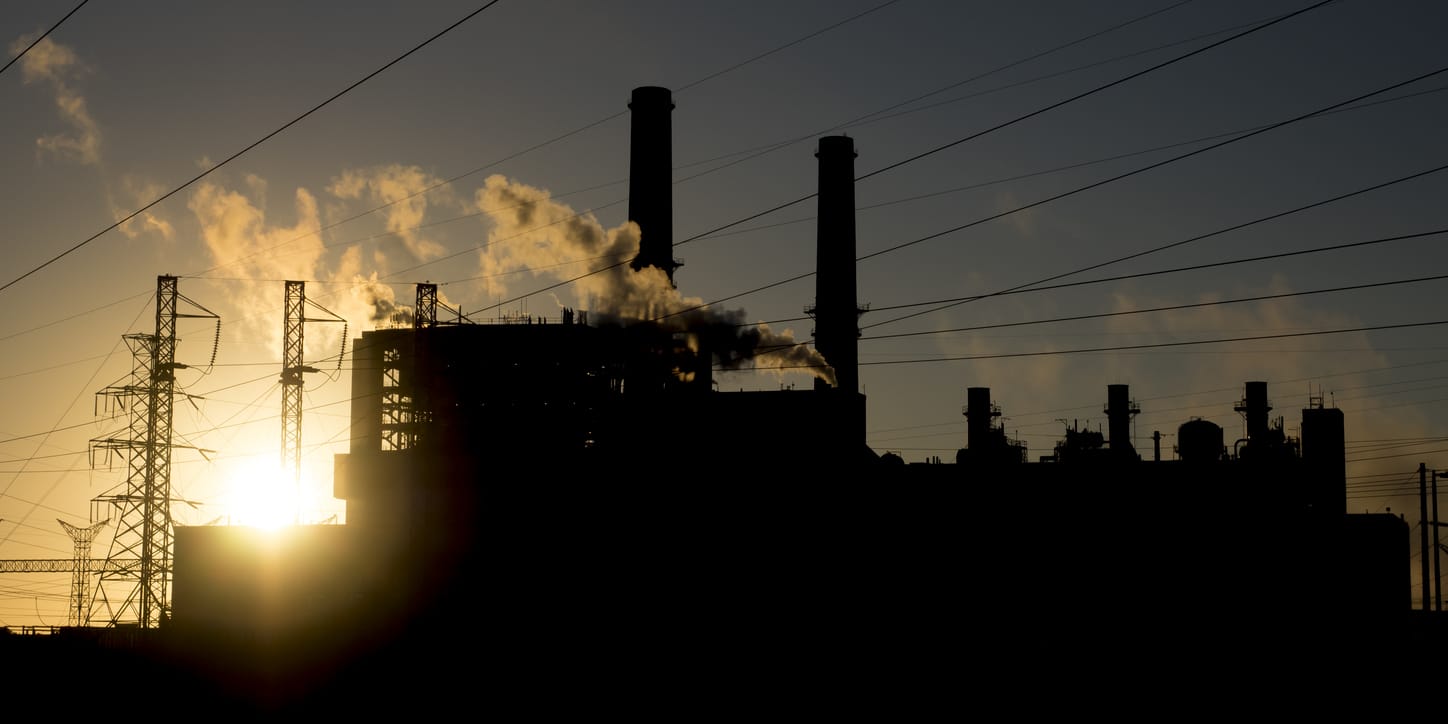Our nuclear future: How SPN is leading on energy reform

The nuclear revival is underway, with shuttered power plants reopening and new Small Modular Reactors (SMRs)—both traditional and advanced—beginning construction, totaling over three gigawatts of new capacity. These facilities will begin electric generation between 2027 and 2032. Forecasts estimate nuclear electric generation could triple by 2050. SPN affiliates are working to ensure the revolution continues. According to the Nuclear Energy Institute, 40 states have taken action to support nuclear energy, introducing over 200 nuclear-related bills in 2025 alone.
Nationwide enthusiasm has made initial site approvals relatively straightforward, particularly at existing nuclear plants and federal testing sites. With the rise in demand, expect siting challenges as more physical locations are sought. The Biden administration began surveying 300 closed coal fired generating plants as possible SMR sites as they already have expensive electric transmission infrastructure. SMRs are so safe that, even in an emergency, evacuation zones typically end at the power plant’s fence line. They also recycle their cooling water, reducing or eliminating the need for regular river water withdrawal. Polls show widespread public support. However, opponents will focus on the long standing failure to establish storage for used nuclear fuel rods, and the current unrealistically low air quality radiation exposure standards.
Historically, the US has not permitted used nuclear fuel recycling out of concerns over nuclear proliferation. However, the European Union, Russia, and China are routinely recycling using technology developed in the US. The US has closed most of its uranium mines, and uranium processing, and enrichment capacity. Compounding the problem, uranium imports from Russia are restricted.
The US is using about 2,500 metric tons of uranium based nuclear fuel each year with only 5% of that mined domestically. The current inventory of used nuclear fuel in the country is about 85,000 metric tons with about 95% of that reusable uranium. The rest is plutonium and other isotopes. Advanced reactors could consume the plutonium, and other isotopes are used in medicine so very little used fuel may wind up in long term storage.
A storage site was built in Utah without full approval of the state government and was never opened. Any new storage site will need support from individual state governments along with approval from numerous states to allow spent fuel to travel across state borders. A state developing interim and long term storage will see great economic growth potential from payments from the nearly $50 billion Nuclear Waste Fund, and colocation of recycling, reprocessing, and nuclear power plants.

SPN can be helpful in solving these potential state level problems, and taking advantage of and unlocking significant economic opportunities. David Stevenson, director of the Center for Energy & Environment for the Caesar Rodney Institute, and cofounder of the SPN energy and environment working group, successfully added amendments to the July, 2024 US Advance Act. The amendments made recycling used nuclear fuel a federal priority and created an award for the first advanced reactor that could consume plutonium. The Act also gave the Nuclear Regulatory Commission (NRC) a year to find ways to speed permit approvals to 18 months. On June 27, the NRC announced an 18 month timeline to permit construction of a 100 megawatt advanced nuclear design SMR in Texas for Dow Chemical —achieving a key milestone toward streamlined deployment.
With an SPN grant, Stevenson went on to create a used nuclear fuel discussion team in 2025 to determine key objectives needed in federal and state legislation to finally solve the waste problem. The Discussion Group includes key members of the nuclear industry including legacy companies and existing public organizations, companies directly involved in reprocessing and recycling used fuel, along with key state legislators and SPN affiliates.
President Trump signed four Executive Orders that will need legislative actions including:
1) Federal/state cooperation to create interim and long term storage facilities
2) Authority to transport used fuel casks across state lines
3) Authority to reprocess and recycle used fuel
4) Federal fee base to buy transuranic waste for long term storage, (no ITC)
5) Advanced reactors to efficiently use recycled products
6) Adopt science based radiation limits, not the current linear, no threshold limit
7) Adopt waste take back policies to boost international sales by US suppliers
These objectives are similar to the objectives being developed by the Discussion Team. We already have interested key legislators in the US Senate Energy & Natural Resource Committee, and the US House Energy & Commerce Committee. SPN affiliates and supportive legislators are active in Wyoming, Utah, Arkansas, and Louisiana—all potential host states for used fuel storage. Stevenson has prepared a model resolution to support nuclear energy and in state used fuel storage at the request of a Wyoming state senator for the Western Electricity Coordinating Council, consisting of all or parts of the twelve western states, Alberta, British Columbia, and the northern part of Baja California in Mexico.
Once key objectives are finalized, detailed legislation will be needed, incorporating critical state-level input. SPN can also help build bipartisan support for legislation that we hope to see passed by the end of 2025. In 2026, the Department of Energy is expected to invite state proposals for hosting storage and used fuel recycling facilities. Once approved, states can begin construction of storage facilities to finally begin to accepting used fuel from power plants as required by existing federal law.
David Stevenson is director, Center for Energy & Environmental Policy at the Caesar Rodney Institute in Delaware.



